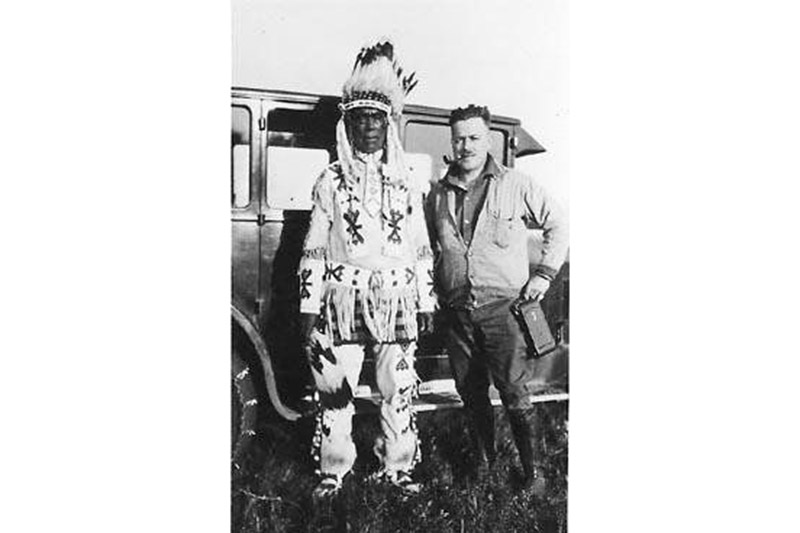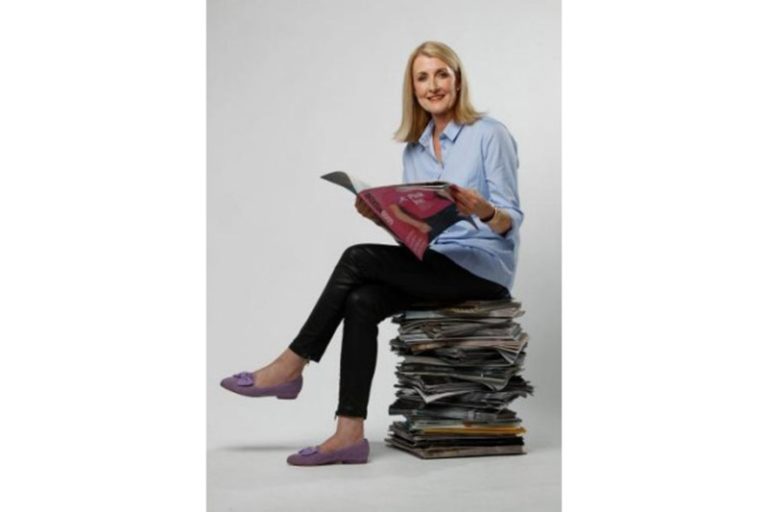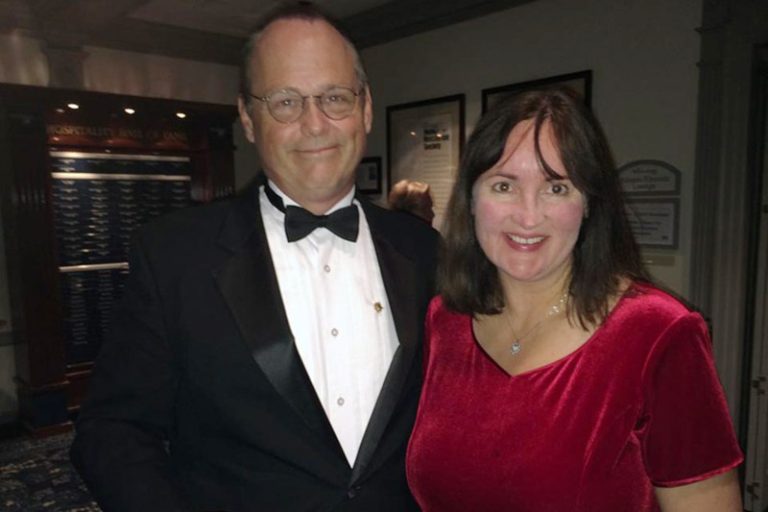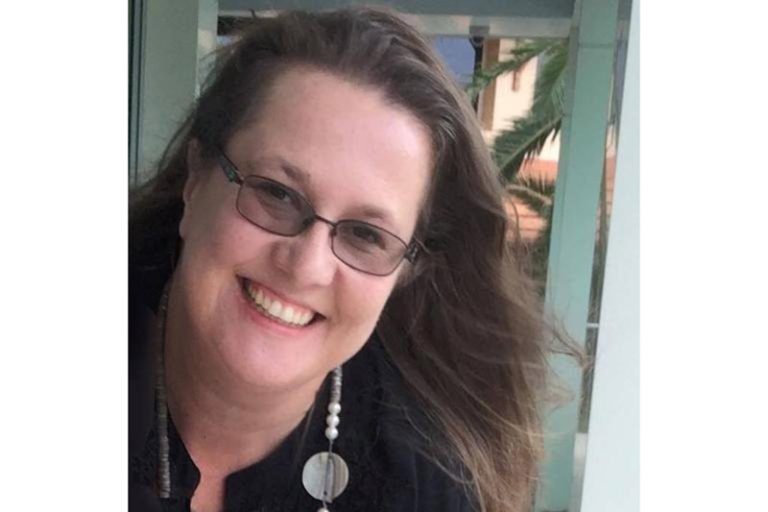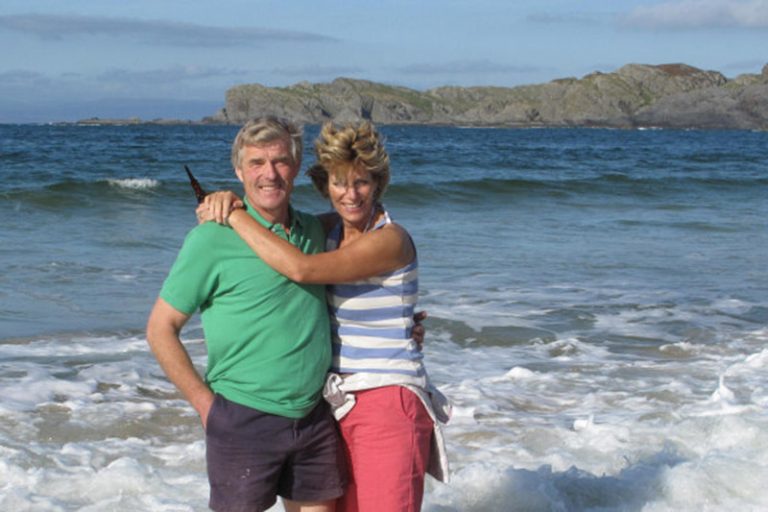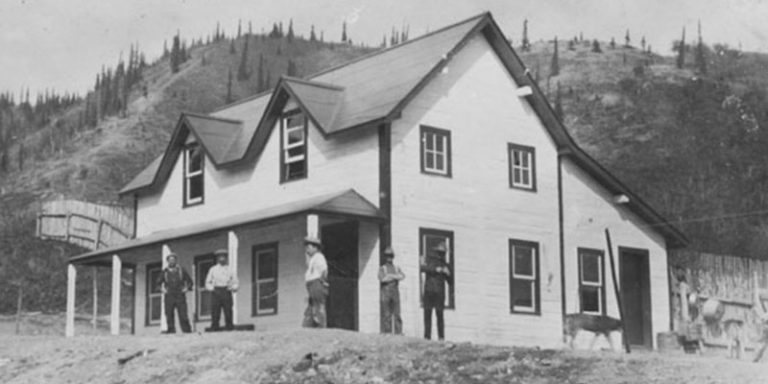Donald Cadzow, Arctic explorer: 1894-1960
Donald A. Cadzow, the son of Hugh and Nellie Cadzow and the grandson of Scottish immigrants who immigrated to southern Ontario in the late 1850s, was born in Auburn, New York in 1894.
In 1911, at the age of 17, he traveled to the far Canadian Northwest to live with his uncle Daniel Cadzow at the Rampart House, a Hudson Bay Company trading post on the Alaska-Yukon boundary line. (Donald is also the grandfather of Hugh Cadzow of Pennsylvania.)
After five years at Rampart House, Cadzow returned to the USA where he started work at the Museum of the American Indian, Heye Foundation where he worked on expeditions and archeological excavations that included:
- collecting artifacts and archaeological materials from the Copper and Kogmollok Eskimo, the Loucheux, Slavey, and Woodland Cree of Alberta, Canada.
- excavating archeological sites in Cayuga County, New York, and Staten Island, New York
- studying Zuni Indian culture in McKinley County, New Mexico, a prehistoric Algonkian burial site on Frontenac Island, Cayuga Lake, in New York, and the Bungi tribe in Portage la Prairie, Manitoba, and the Prairie Cree and Bush Cree in Saskatchewan, the Assiniboin in Saskatchewan and Alberta; the Iroquois and the Northern Piegan (Blackfoot) in Alberta.
In 1919, he identified the Tar Sands in the Canadian west as “the greatest oil fields in the world”, saying that he had found them by questioning the natives. They reported that the immense lignite deposits in the MacKenzie basin and been burning as long ago as the oldest native could recall.

In 1927, the last year that Cadzow worked at the museum, he sailed to Baffin Island and the Hudson Bay to visit the Sikosuilarmiut, Akuliarmiut, and Quaumauangmiut Eskimos with George P. Putnam on a schooner named “Morrisey”.
Some of the expedition is chronicled in a diary, kept by Monroe Grey Barnard, the 2nd engineer and surveyor for the voyage into the far north into Fury and Hecla Straits for the American Geographical Society. That same ship is still afloat in New Bedford, Mass.
After the expedition, he worked for a brokerage company in New York, and then as the state archeologist for the Pennsylvania Historical Commission. In 1945 he was named executive director of the Pennsylvania Historical and Museum Commission and held the position until 1956.
He died on February 9, 1960, in Pennsylvania.
Donald left behind numerous scientific papers including at least two articles published in Scientific American and a photograph collection from 1882-1919, which likely includes photographs from his uncle, Daniel. He also left a wonderful collection of caribou fur clothing he acquired in 1919 from the Inuinnait (Copper Inuit) people. It represents one of the last collections of traditional caribou fur clothing from this area, prior to its eventual disappearance in the 1920s.
A number of Donald’s papers can be downloaded in PDF format from the Society for Pennsylvania Archaeology and a collection of Donald’s books is available on Amazon.com.
